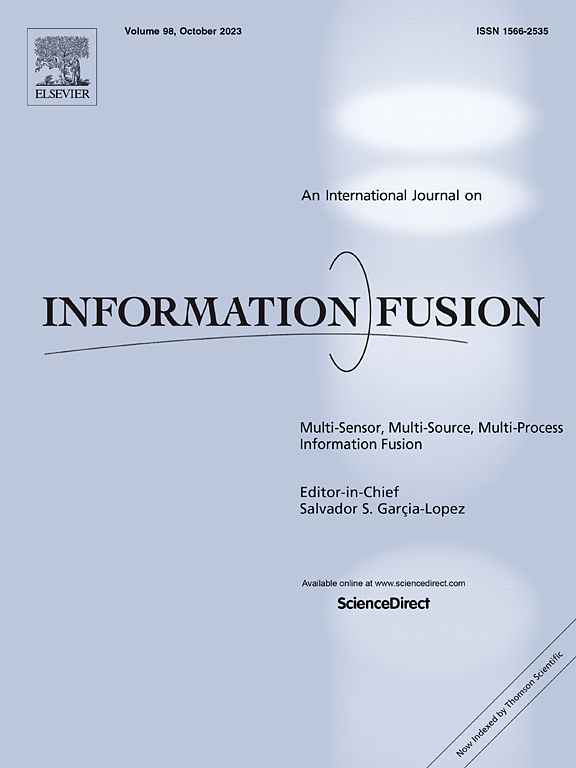Semi-Supervised Majority Voting for crowdsourcing
IF 14.7
1区 计算机科学
Q1 COMPUTER SCIENCE, ARTIFICIAL INTELLIGENCE
引用次数: 0
Abstract
Crowdsourced datasets often suffer from missing labels, significantly degrading classifier performance. In this paper, we propose Semi-Supervised Majority Voting (SSMV), a novel framework that integrates semi-supervised learning into the aggregation process to mitigate these effects. First, SSMV partitions the crowdsourcing label matrix into a “sparse” region (with many missing entries) and a “dense” region (with mostly observed labels), yielding two complementary sample sets. Next, it jointly learns a reconstruction coefficient matrix — regularized by an -norm to suppress noise and redundancy — by minimizing the discrepancy between the original and reconstructed label matrices. A graph-based Laplacian term preserves the intrinsic manifold structure during reconstruction, while a learned worker-selection vector filters out low-quality annotators. Finally, we apply classic majority voting to the refined label matrix to infer final labels. Extensive experiments on synthetic and real-world datasets demonstrate that SSMV consistently outperforms state-of-the-art crowdsourcing classifiers across multiple metrics. By explicitly modeling the relationship between missing-label patterns and overall label distributions, SSMV not only recovers missing labels more accurately but also enhances overall classification accuracy. This semi-supervised mechanism is readily extensible to other aggregation algorithms, providing a general strategy for enhancing crowdsourced label quality.
众包的半监督多数投票
众包数据集经常缺少标签,严重降低了分类器的性能。在本文中,我们提出了半监督多数投票(SSMV),这是一个将半监督学习集成到聚合过程中的新框架,以减轻这些影响。首先,SSMV将众包标签矩阵划分为一个“稀疏”区域(有许多缺失条目)和一个“密集”区域(有大多数观察到的标签),产生两个互补的样本集。然后,通过最小化原始标记矩阵和重构标记矩阵之间的差异,共同学习重构系数矩阵,该矩阵通过一个1,2范数进行正则化以抑制噪声和冗余。基于图的拉普拉斯项在重建过程中保留了固有的流形结构,而学习的工人选择向量过滤掉了低质量的注释器。最后,我们将经典多数投票应用于精炼的标签矩阵来推断最终标签。在合成数据集和真实世界数据集上进行的大量实验表明,SSMV在多个指标上始终优于最先进的众包分类器。通过显式建模缺失标签模式与总体标签分布之间的关系,SSMV不仅可以更准确地恢复缺失标签,还可以提高总体分类精度。这种半监督机制很容易扩展到其他聚合算法,为提高众包标签质量提供了一种通用策略。
本文章由计算机程序翻译,如有差异,请以英文原文为准。
求助全文
约1分钟内获得全文
求助全文
来源期刊

Information Fusion
工程技术-计算机:理论方法
CiteScore
33.20
自引率
4.30%
发文量
161
审稿时长
7.9 months
期刊介绍:
Information Fusion serves as a central platform for showcasing advancements in multi-sensor, multi-source, multi-process information fusion, fostering collaboration among diverse disciplines driving its progress. It is the leading outlet for sharing research and development in this field, focusing on architectures, algorithms, and applications. Papers dealing with fundamental theoretical analyses as well as those demonstrating their application to real-world problems will be welcome.
 求助内容:
求助内容: 应助结果提醒方式:
应助结果提醒方式:


